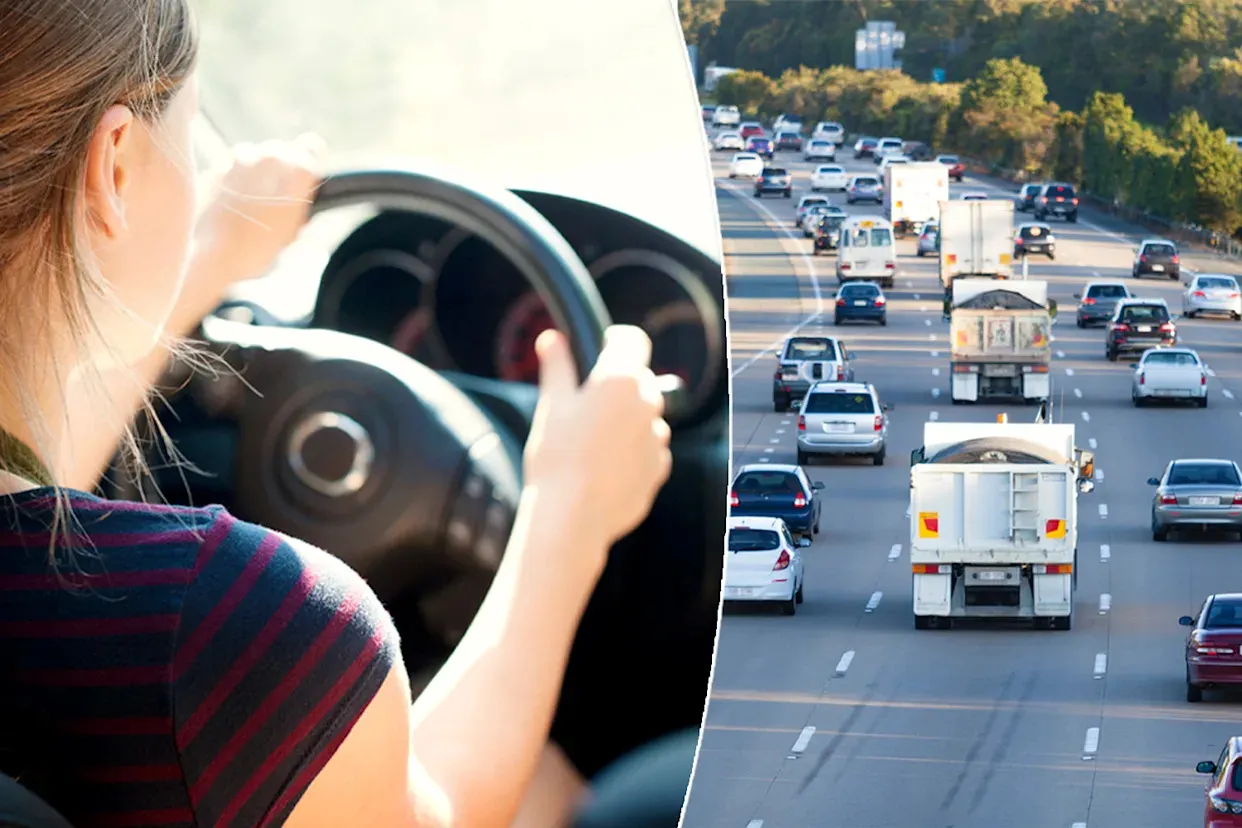Western Australia is considering sweeping changes to its driver licensing system, targeting young and inexperienced motorists after the state recorded its deadliest year on the roads in nearly two decades. As fatalities hit an 18-year high in 2025, authorities are reviewing the Graduated Licensing System (GLS) to strengthen driver preparation and reduce tragic outcomes.
Residents are now being asked to share their views during a six-week community consultation on the proposed reforms, which will run until November 9, 2025. If approved, learner and provisional drivers in WA face stricter requirements aimed at producing safer and more responsible motorists.
The Proposed Changes in Detail
The proposed reforms reshape the pathway from learner to provisional driver, extending the learning process, toughening restrictions, and ensuring stronger supervision. Key changes include:
- Driving Hours: Increasing the required minimum supervised driving hours from 50 to 75.
- Learner Period: Lengthening the learner driver stage from six months to one year.
- Provisional Period: Extending the provisional licence from two years to three, meaning drivers would hold their green P-plates for two years instead of just 18 months.
- Phone Restrictions: Prohibiting phone use except through in-built car systems such as GPS or audio. Smartphones and smart watches will not be permitted during the learning and provisional stages.
- Supervision Standards: Mandating that supervising adults must be completely alcohol-free, compared with the current limit of under 0.05.
Taken together, these measures could deliver a substantial cultural shift by enforcing longer training, limiting distractions, and ensuring safer oversight.
Tackling a Road Safety Crisis
This year alone, 138 people have died on WA roads, marking the highest fatality rate in 18 years. Authorities argue that young and inexperienced drivers are particularly vulnerable, and reforms to the GLS are necessary to address the trend.
Road Safety Minister Reece Whitby emphasised the importance of public involvement in shaping the changes:
“We have a shared responsibility to ensure new and young drivers learn what safe driving means. These changes are about preparing them better and keeping everyone safer on our roads.”
The statistics underline the urgency. Across Australia, road trauma is still claiming five lives a day, with distraction, speed, and impaired judgment as leading contributors. National initiatives such as AI-powered roadside cameras and stricter enforcement of seatbelt and mobile phone laws show that WA’s proposed reforms fit within a broad national strategy to improve safety.
Mobile Distraction Front and Centre
Evidence shows that distracted driving is one of the fastest-growing risks on Australian roads. Insurance firm AAMI’s latest research revealed:
- Nine in ten drivers admit to driving distracted.
- One in four drivers are openly preoccupied with mobile devices while behind the wheel.
- A significant portion say they would only change habits if forced by direct consequences.
The new WA rules attempt to break that cycle for young drivers by removing smartphones and wearable technology from the equation during the high-risk early stages of driving.
The Role of Supervision
Another notable shift in the reforms is the requirement for supervising adults to be completely alcohol-free when accompanying learner drivers. Currently, supervisors are allowed to drive with learners if their blood alcohol level is under 0.05, but policymakers argue that any alcohol consumption sets a poor example and undermines safe teaching.
This proposed law mirrors successful programs internationally that stress the zero-tolerance principle, reinforcing that learning to drive should happen in the safest possible conditions.
Campaign Backed by a Personal Story
The consultation coincides with the rollout of a new road safety campaign, “Tom’s Story,” named after 15-year-old Tom Saffioti, who died when a car he was travelling in struck a tree in 2021. The campaign appeals directly to young drivers with the message to “drive like your mate’s life depends on it. Because it does.”
Tom’s mother, Samantha Saffioti, has become a strong advocate for tougher road safety laws. She says sharing her son’s story ensures his legacy protects others:
“If Tom’s story can spark even one young person to make a safer choice, then that’s a powerful legacy.”
The emotional campaign is designed to resonate with younger audiences, encouraging them to think twice about their driving decisions—who they travel with, the number of passengers, and the care they take on the road.
Why These Changes Matter for WA
These reforms are about more than stricter rules. Authorities want to send a clear message: safe driving habits are built through structured learning and enforced responsibility. If implemented, the changes could:
- Extend supervision and learning opportunities over time
- Reduce risks from mobile device distractions
- Eliminate unsafe examples from supervisors under the influence of alcohol
- Ensure young drivers gain more real-world road experience before independent licensure
By demanding higher standards, the government hopes to reverse the alarming rise in fatalities and start reshaping driver culture in Western Australia.
What Happens Next
The proposals are still in consultation, meaning Western Australians can voice their support, concerns, and suggestions until November 9, 2025. Feedback will help shape the final version of the Graduate Licensing System reforms before they are implemented.
For young drivers eager to get their licence, the changes may seem tough, but for many families, road safety groups, and authorities, the message is clear: the added time and restrictions could save lives.
